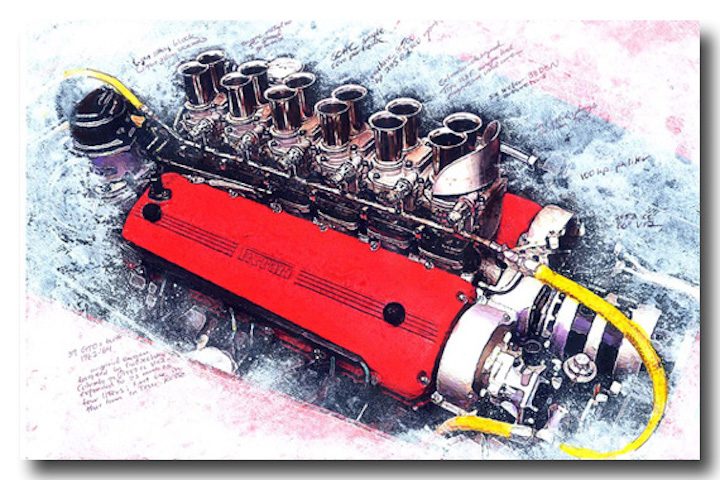Cars are available in a huge range of makes and models, and are easily differentiated by their shape, size, style, design and functionality – but have you ever stopped to think about the hidden insides of your car, what it’s made from, and why? Many different materials are used in automobile manufacturing, and the National Minerals Information Center states that titanium, whilst predominantly used globally in its dioxide form, also has economic importance in relation to its use as a metal in the vehicle industry. So what makes titanium a good choice, and where are you most likely to find it in your car?
The benefits of titanium
As a metal, titanium has several properties which put it streets ahead of steel and aluminum, also often used in automobiles. Not only is titanium highly corrosion resistant (it is classed as ‘inert’, which means it is stable in its naturally occurring form, and therefore demonstrates outstanding resistance, even at high temperatures), it is also lighter than steel – 45 percent lighter, in fact – whilst still offering the same level of strength. In relation to aluminum, titanium is actually twice as strong, but only 60 percent heavier. Titanium is one of the strongest metals in terms of compressive strength, making it a great choice for parts that require high durability and strength.
Due to its strength, superb corrosion resistance, and its ability to offer highly elastic energy absorption capacity, titanium has been used in cars since it was first industrially produced in the 1950s. It’s most often used in car body frames as a way to improve car performance considerably – balancing strength with reduced weight, which will allow for faster and smoother travel, whilst still retaining optimum safety and providing resistance to wear. Historically though, due to its comparatively high cost, titanium has only been used for top-of-the-range models and racing cars.
Not all titanium is equal
Titanium grades vary, and the titanium used in a car is very different to the titanium you’d find in heat exchangers, aircraft components or sports equipment. Titanium plate, such as that found in car frames, is classed as Grade 1, and provides better formability, in addition to high impact toughness, making it perfect for automobile use. Different grades offer higher or lower levels of purity, strength, ductility, and weldability, which affect cost and applications, and also how it can be used in an alloy.
The automobile industry has focused research on production of lower cost alloys, in addition to exploring more efficient manufacturing methods and evaluation of treatments that enhance the already strong resistance to wear. The aim of this research is to drive down the cost of automobile grade titanium, allowing it to be used in the mass car production market. Examples of parts which are now commonly made in titanium include valve springs and exhaust systems, but there are many other manufacturing parts that are likely to benefit from titanium research in the future.
Performance and style will always remain key sales factors for producers of automobiles, and it’s clear that the use of titanium can have a big impact in these areas. With costs falling as demand increases for more environmentally friendly, fuel efficient cars, titanium seems likely to have a bright future as a key component of the bodywork, engines, and suspension of many modern cars.
Let us know what you think in the Comments.




Speak Your Mind